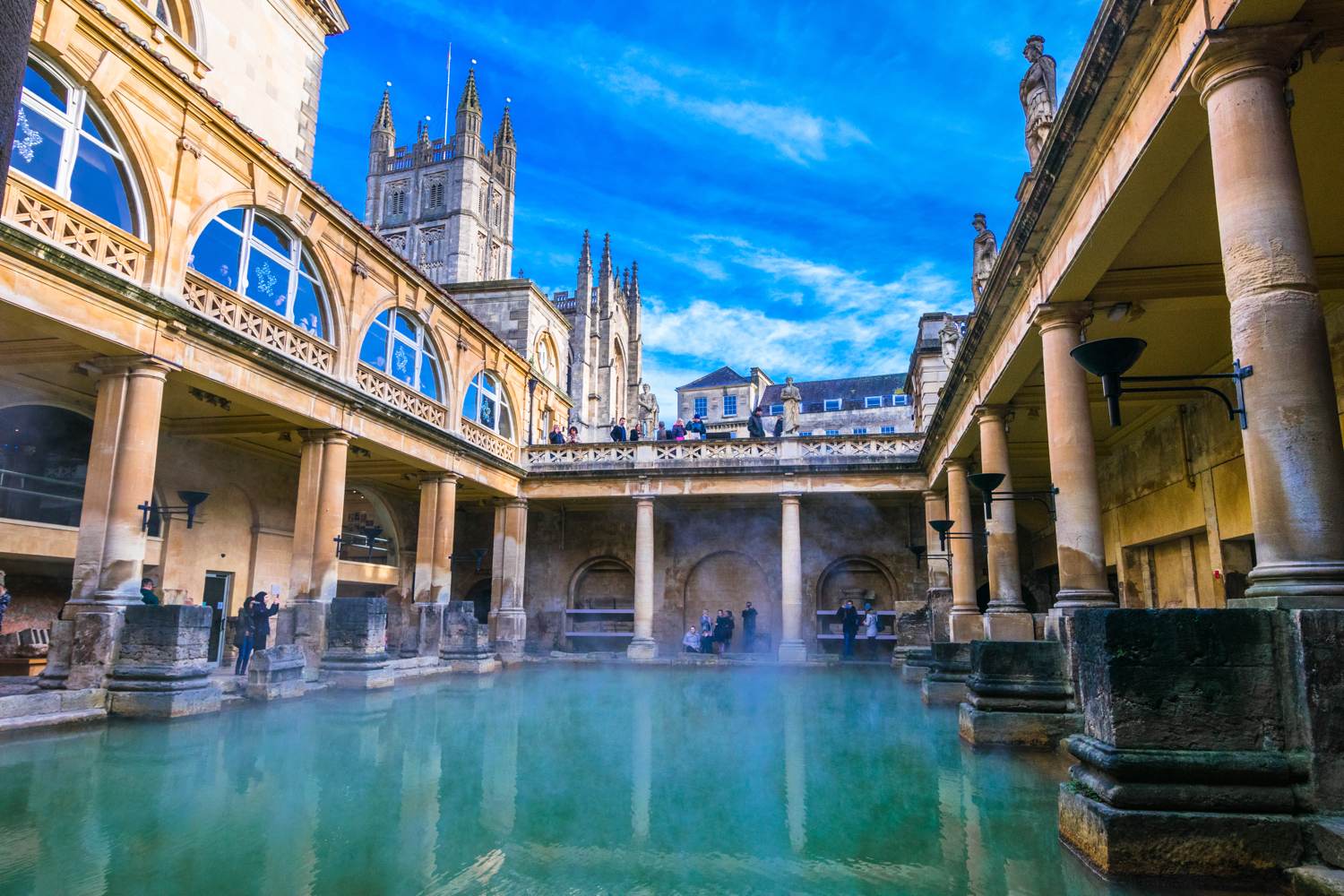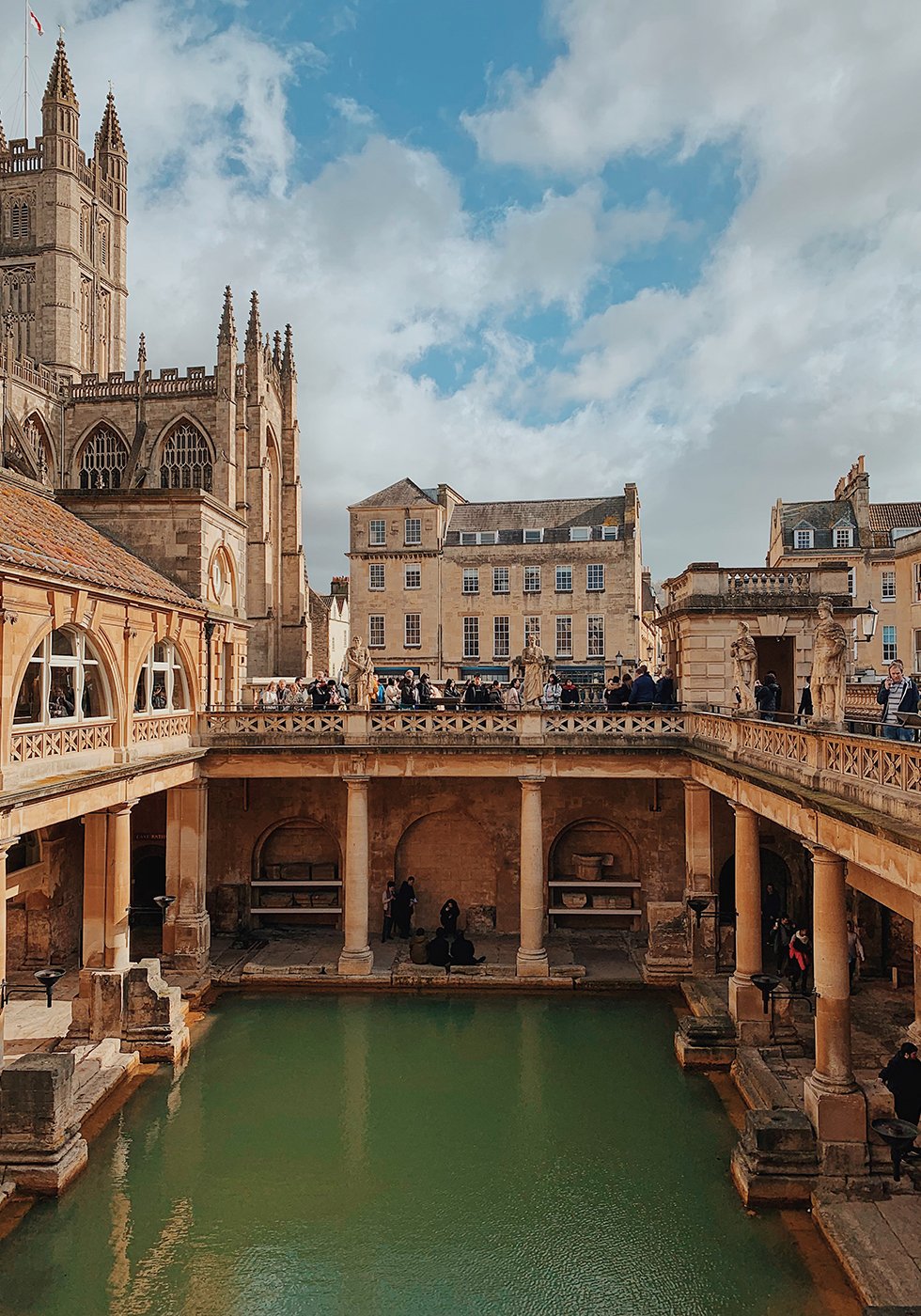The Bath City England
Are you planning a visit to the United Kingdom? If so, a tour of the World Heritage Site city of Bath should be at the top of your list. Situated in the rolling hills of Somerset, a few hours' west of London, Bath is a beautiful, historic city with a rich architectural heritage and a fascinating history.
Bath is named after its hot springs, which have been used for therapeutic purposes for over 2,000 years. The Romans built a magnificent bathing complex around the natural hot spring, which is still visible today.
The city's Georgian architecture is also remarkable. Elegant 18th-century terraced houses line the streets, giving the city a distinctive character. Among the most famous Georgian sites is the Royal Crescent, a vast, crescent-shaped terrace of houses that has been called one of the greatest examples of Georgian architecture in the UK.
But there's more to Bath than just the architecture. The city has a lively arts and culture scene, with a number of excellent museums and galleries. The Victoria Art Gallery, for example, houses an impressive collection of art, while the Museum of Bath at Work tells the story of the city's industrial heritage.
Bath is also a great place to indulge in a little retail therapy. The city has a range of shops, from high-end boutiques and designer stores to independent shops and markets. The streets around Milsom Street and Union Passage are particularly popular with shoppers.
If you're interested in history, there are plenty of historic sites to visit in Bath. The Roman Baths are the obvious choice, but there are other sites worth visiting too. The Bath Abbey, for example, is a magnificent example of Gothic architecture, while the Pulteney Bridge is an iconic 18th-century bridge that spans the River Avon.
History
The history of Bath is a long and fascinating one. The city was first settled by the Celts, who found the warm spring water of the Avon an ideal spot to built a temple. Later, the Romans invaded Britain and built a magnificent bathing complex around the natural hot spring. The city became an important hub for Roman culture and commerce, and it was heavily fortified against Saxon invaders.
In the Middle Ages, Bath was an important pilgrimage site, thanks to the veneration of St. Michael. During the Tudor period, Bath became a fashionable spa town, a status that was cemented in the Georgian era. In the 19th century, the city played an important role in the Industrial Revolution, as factories and mills sprang up around the Avon.
Travel Tips
If you're planning a visit to Bath, there are a few things you should keep in mind. First, the city can get very busy during peak tourist season, so it's a good idea to plan your visit carefully. Second, although Bath is a relatively small city, there is a lot to see and do, so you might want to plan for more than one day.
One of the most popular ways to explore Bath is on foot. The city's compact size and relatively flat terrain make it ideal for walking tours. The Mayor's Honorary Guides offer free walking tours of the city, which are a great way to get your bearings and learn about the city's history.
Another popular way to see the city is by bicycle. Bath has a number of bike rental companies, and there are several scenic cycle routes around the city and in the surrounding hills.
Finally, be sure to take advantage of Bath's thermal spa culture. There are several spas around the city that offer hot springs treatments, as well as modern spa treatments like massages and facials. These are a great way to relax and unwind after a day of sightseeing.
Frequently Asked Questions
Q: How do I get to Bath?
A: Bath is easily accessible by train from London and other major UK cities. There are also several bus companies that operate services to Bath, as well as several major airports within easy reach.
Q: What is the best time of year to visit Bath?
A: Bath can be visited year-round, but the city is particularly beautiful in the spring and summer months. The city is also busy during the Christmas season, when the city is decorated with festive lights and decorations.
Q: Is Bath expensive to visit?
A: Bath is a relatively expensive city, especially during peak tourist season. However, there are plenty of ways to save money, such as taking advantage of free walking tours and visiting the city's museums, which often offer discounted admission.
Q: What are the must-see attractions in Bath?
A: The Roman Baths are undoubtedly the city's most famous attraction, but there are many other sites worth seeing as well, such as the Bath Abbey, the Pulteney Bridge, and the Royal Crescent.
Q: What should I bring with me to Bath?
A: Bath is a fairly compact city, so you won't need to bring any special equipment. However, be sure to bring comfortable walking shoes, as the city is best explored on foot.
In conclusion, visiting Bath is a must-do for anyone interested in history, architecture, or just exploring a beautiful, vibrant city. With its rich history, stunning architecture, and vibrant arts and culture scene, Bath is one of the United Kingdom's true gems. So why not book a trip today and experience this wonderful city for yourself?



Post a Comment for "The Bath City England"